Idea by
Erin Besler, Ian Besler
Besler & Sons
Call for ideas 2016
The Fit Out
The Fit Out
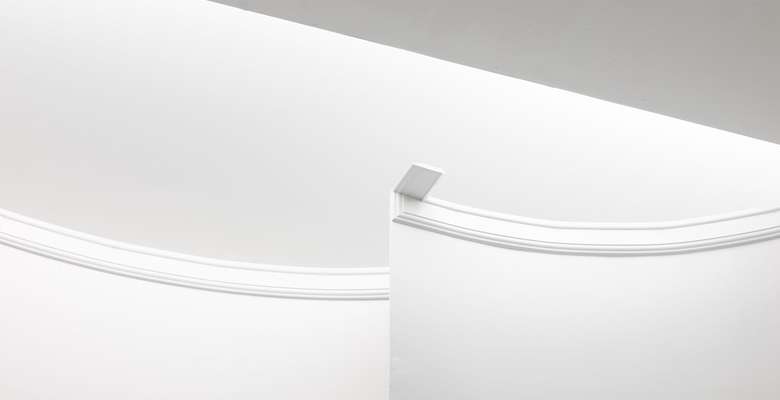
Everything in architecture is a variation of something that has come before; something that is already in circulation; replicated, reused, reiterated re_ anything really. In disciplinary conversations, these concern repurposing of architectural ideas. In conversations regarding the practice of architecture, these terms address physical materials. We incentivize repetition with platinum, gold and silver stars. Architecture’s use of these terms is split. The divide reflects broader divisions in the field.
This proposal makes productive all phases of the design, construction, use, and demolition process using the following procedures: (1) Make fit for use – recuperating a material object to be used again. (2) Make fit into – making existing material objects fit into others. (3) Make fit within – actively rethinking ideas about use to reprogram and reschedule space for various occupations. By rehabilitating this split, this proposal seeks to introduce new forms of fitness to the field.
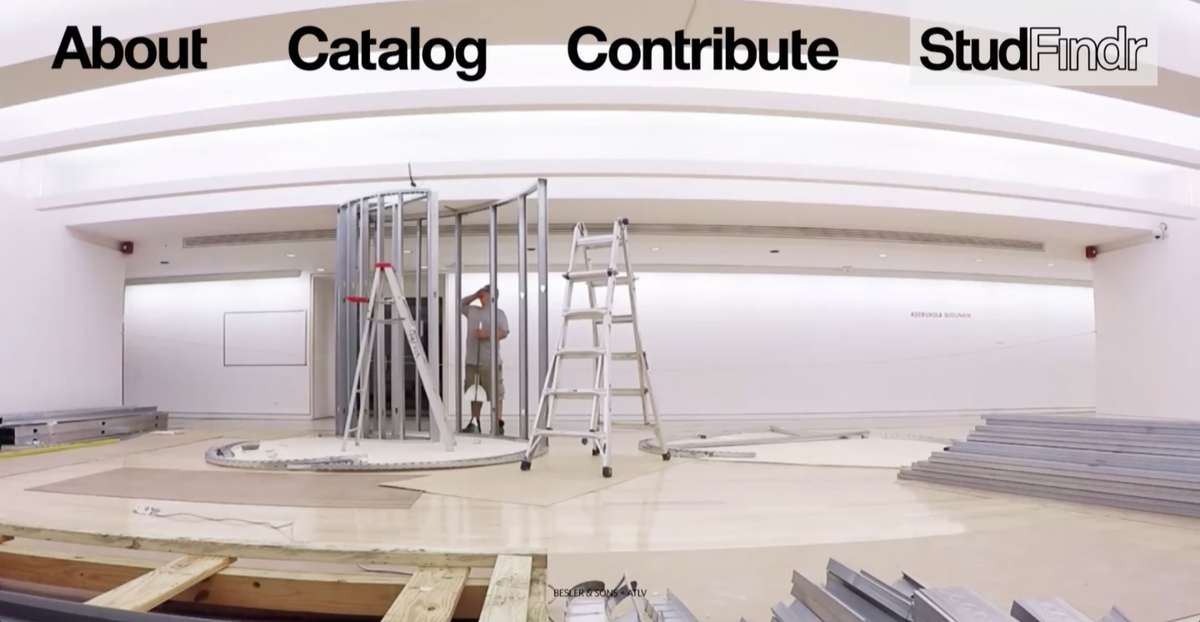
Squiggle Vimeo Video Above produced by Satoru Sugihara/ATLV
Website and Software - Besler & Sons and Satoru Sugihara/ATLV
www.studfindr.org
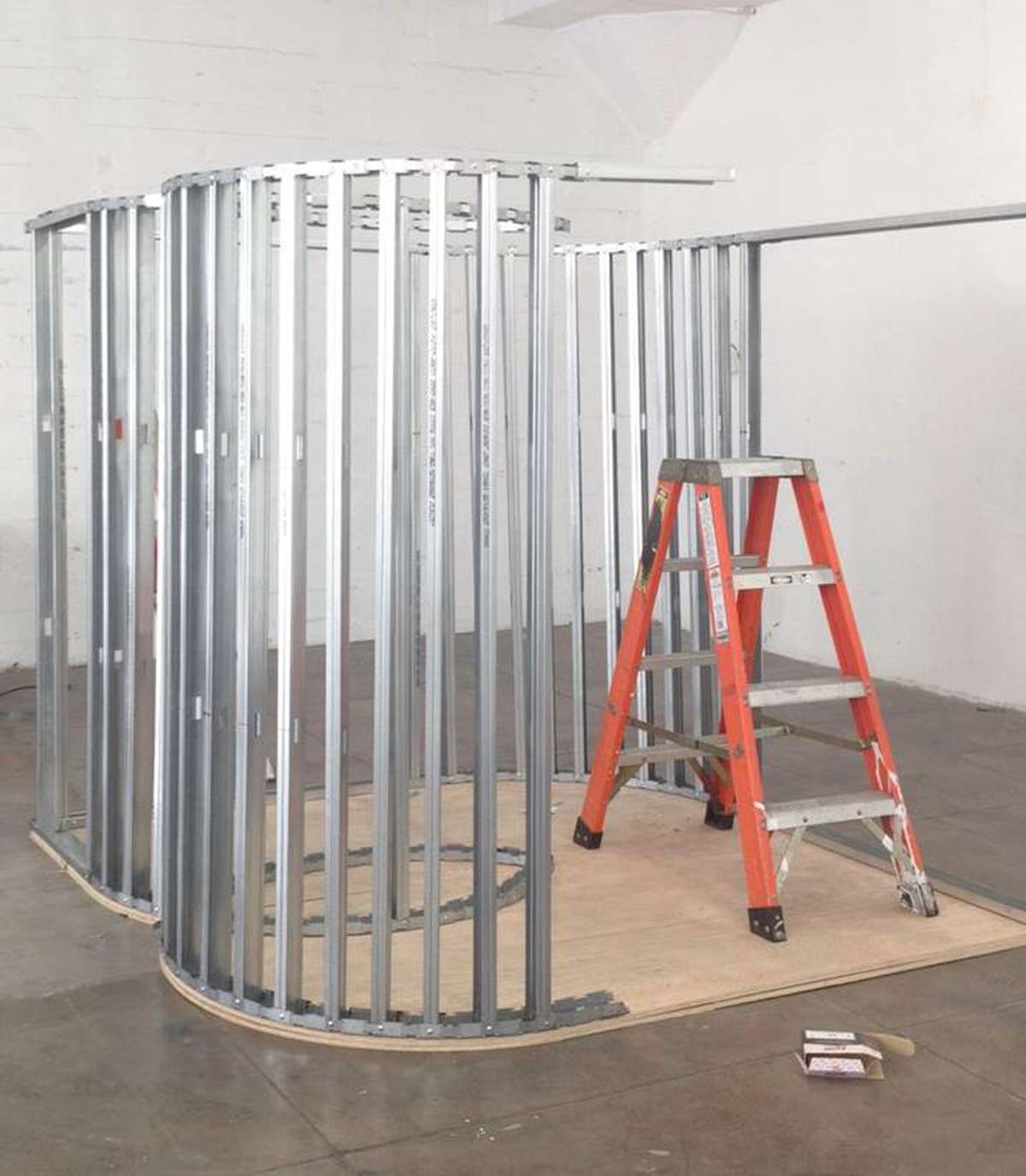
The conceptual framework for these retrofits is “zero waste” where neither ideas, materials, nor energy are discarded but all “made fit.”
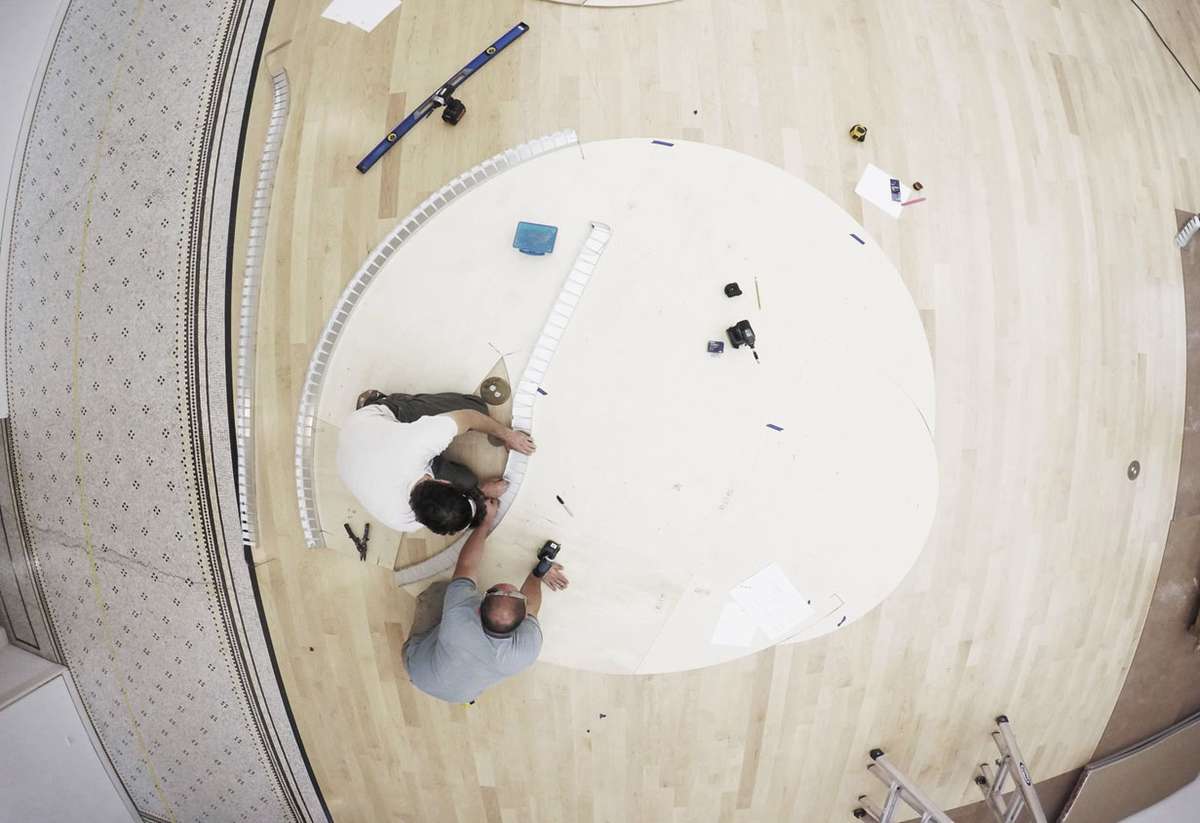
Many of the operations that produce architectural construction waste are not inevitable but rather derive specifically from the misfit between disciplinary interests and practice exigencies. Because construction and demolition waste are the largest cause of our waste crisis but currently thought of as a problem relegated to building rather than architecture, the opportunity to rethink waste has been wasted.
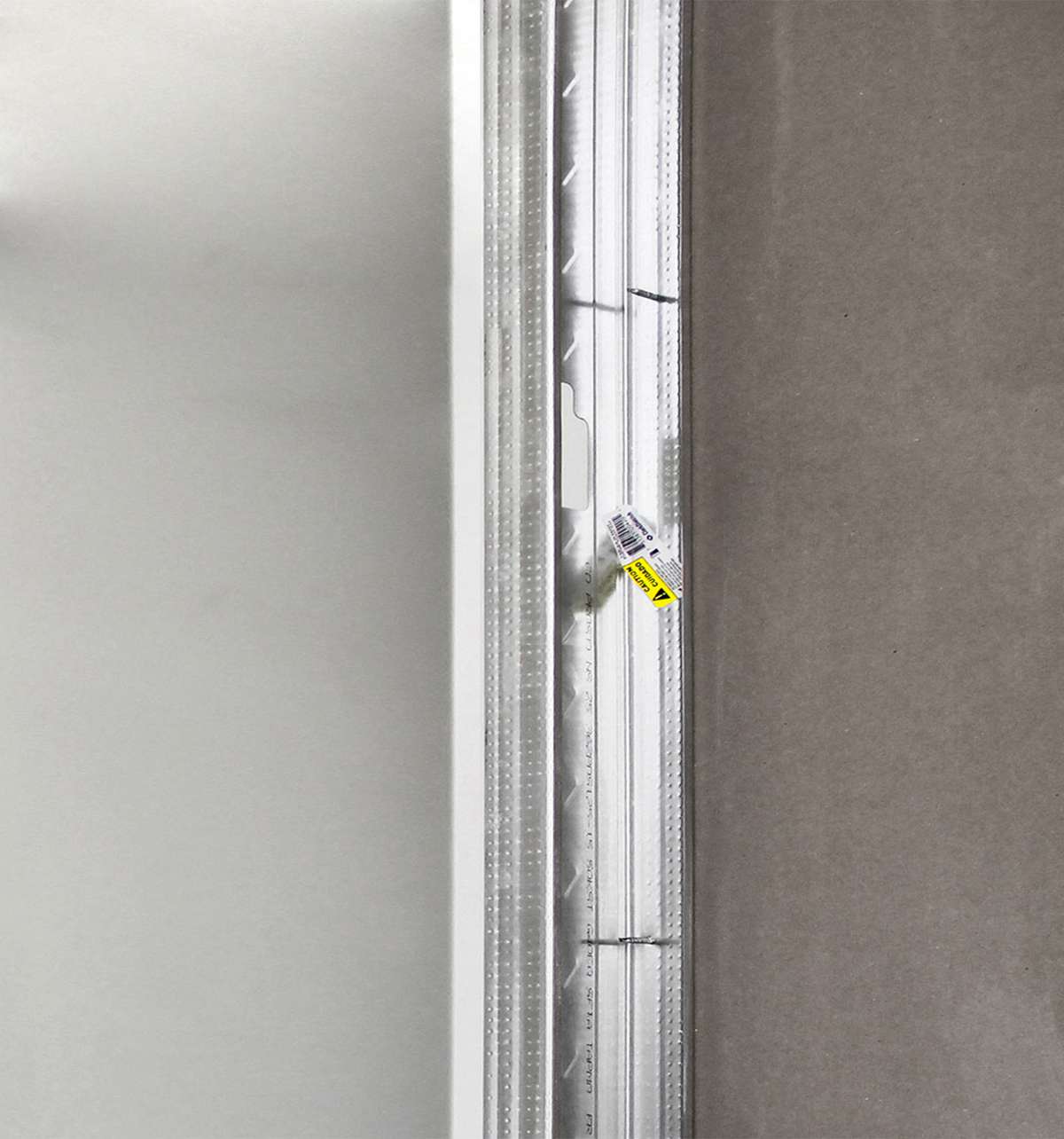
Because construction and demolition waste are the largest cause of our waste crisis but currently thought of as a problem relegated to building rather than architecture, the opportunity to rethink waste has been wasted.
The Fit Out
The Fit Out

Everything in architecture is a variation of something that has come before; something that is already in circulation; replicated, reused, reiterated re_ anything really. In disciplinary conversations, these concern repurposing of architectural ideas. In conversations regarding the practice of architecture, these terms address physical materials. We incentivize repetition with platinum, gold and silver stars. Architecture’s use of these terms is split. The divide reflects broader divisions in the field.
This proposal makes productive all phases of the design, construction, use, and demolition process using the following procedures: (1) Make fit for use – recuperating a material object to be used again. (2) Make fit into – making existing material objects fit into others. (3) Make fit within – actively rethinking ideas about use to reprogram and reschedule space for various occupations. By rehabilitating this split, this proposal seeks to introduce new forms of fitness to the field.
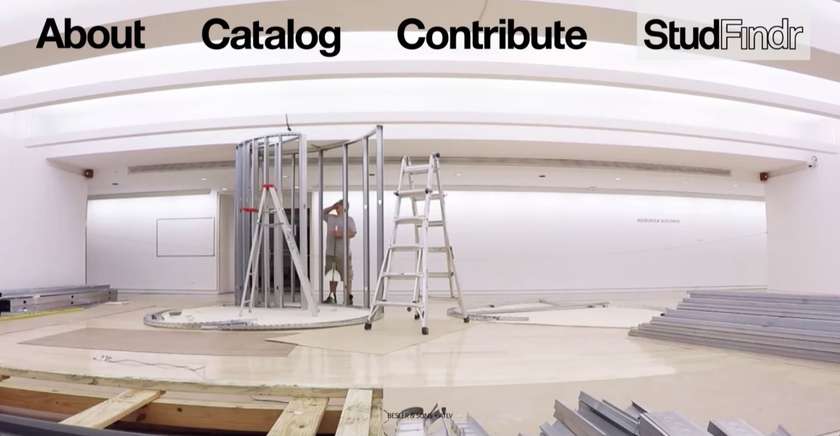
Squiggle Vimeo Video Above produced by Satoru Sugihara/ATLV
Website and Software - Besler & Sons and Satoru Sugihara/ATLV
www.studfindr.org
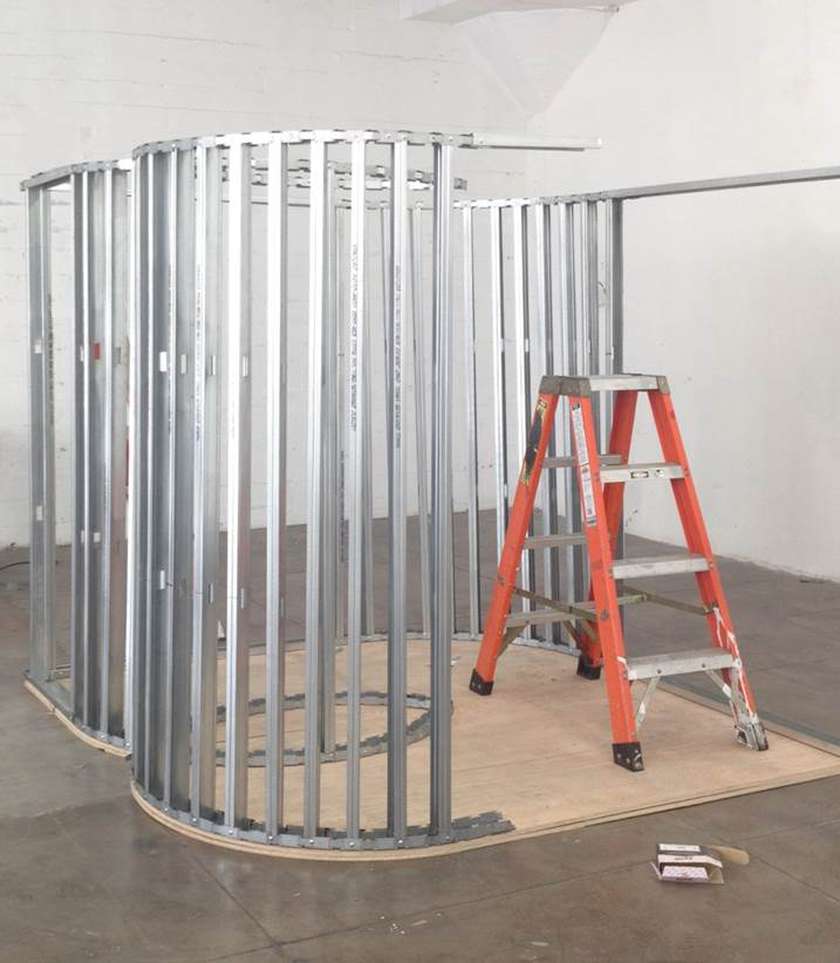
The conceptual framework for these retrofits is “zero waste” where neither ideas, materials, nor energy are discarded but all “made fit.”
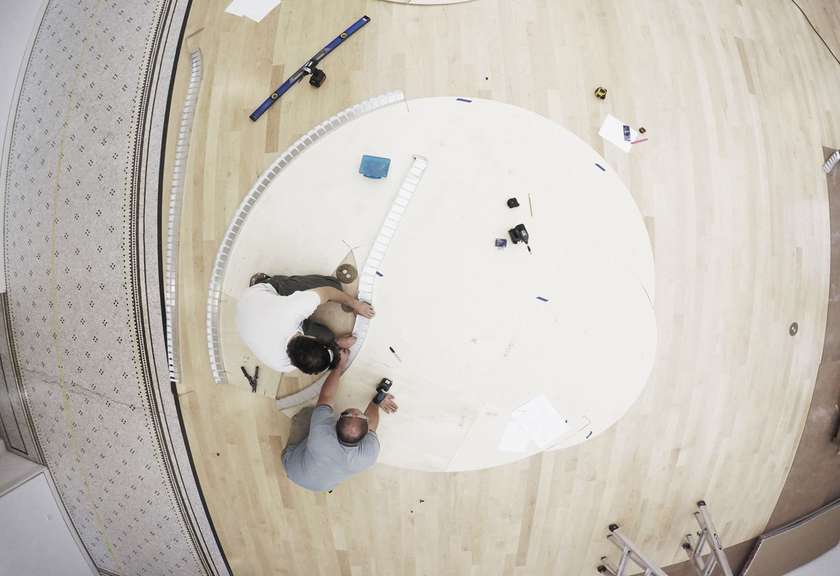
Many of the operations that produce architectural construction waste are not inevitable but rather derive specifically from the misfit between disciplinary interests and practice exigencies. Because construction and demolition waste are the largest cause of our waste crisis but currently thought of as a problem relegated to building rather than architecture, the opportunity to rethink waste has been wasted.
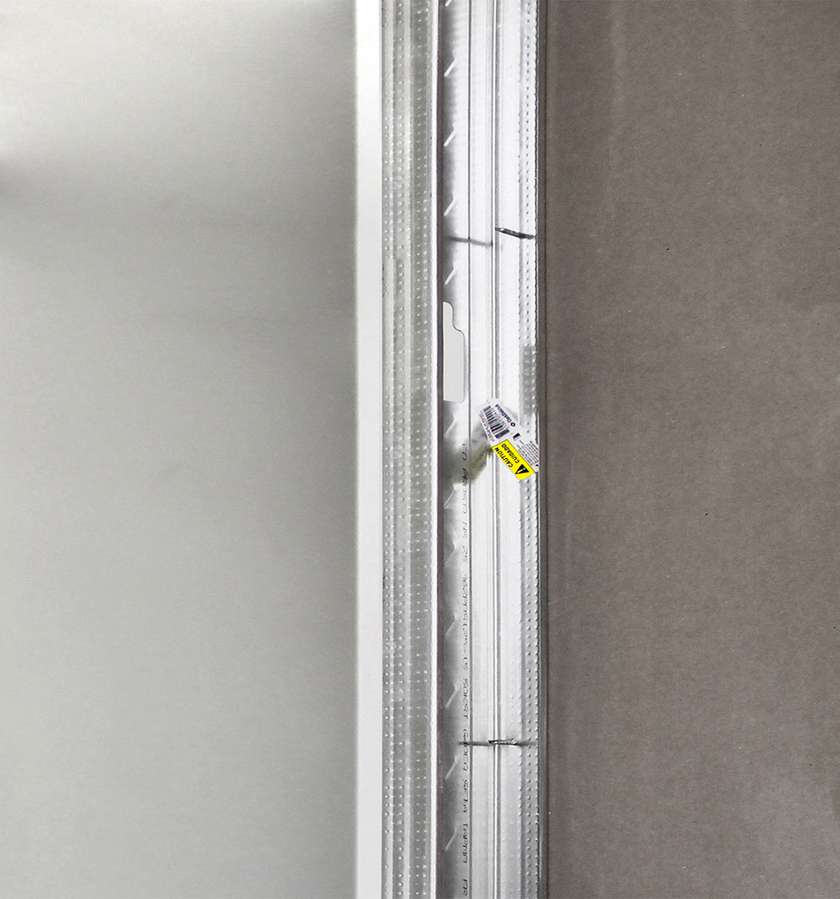
Because construction and demolition waste are the largest cause of our waste crisis but currently thought of as a problem relegated to building rather than architecture, the opportunity to rethink waste has been wasted.